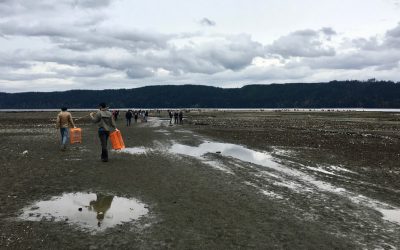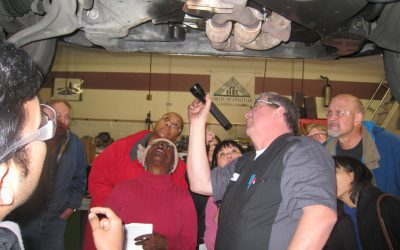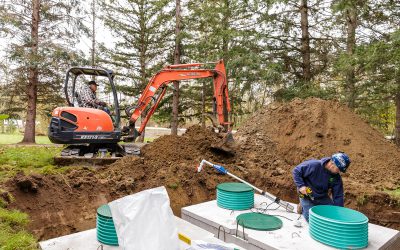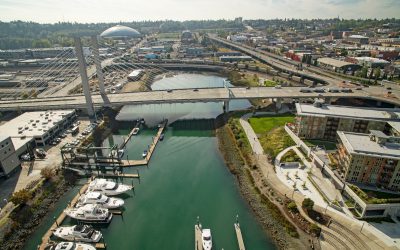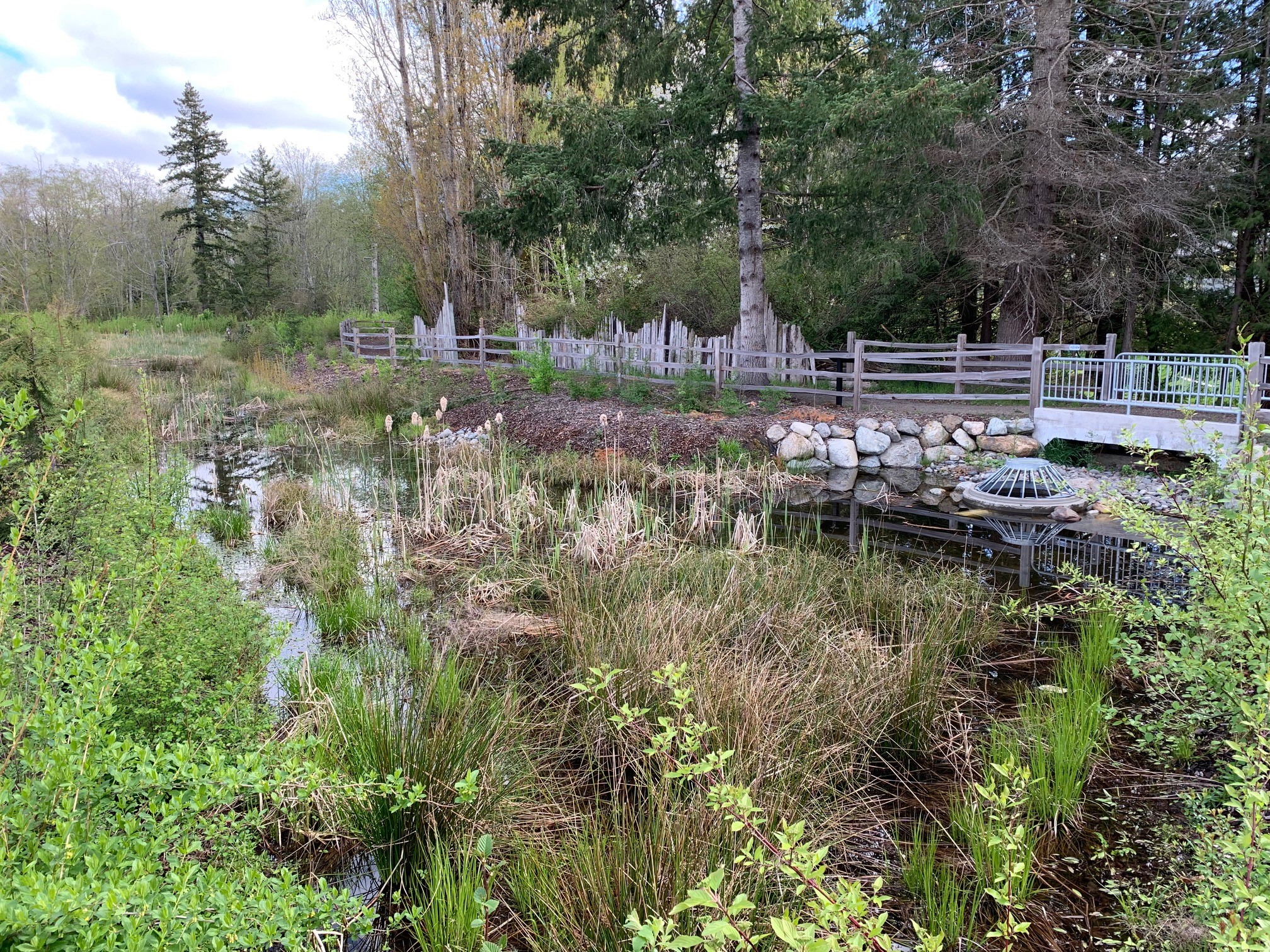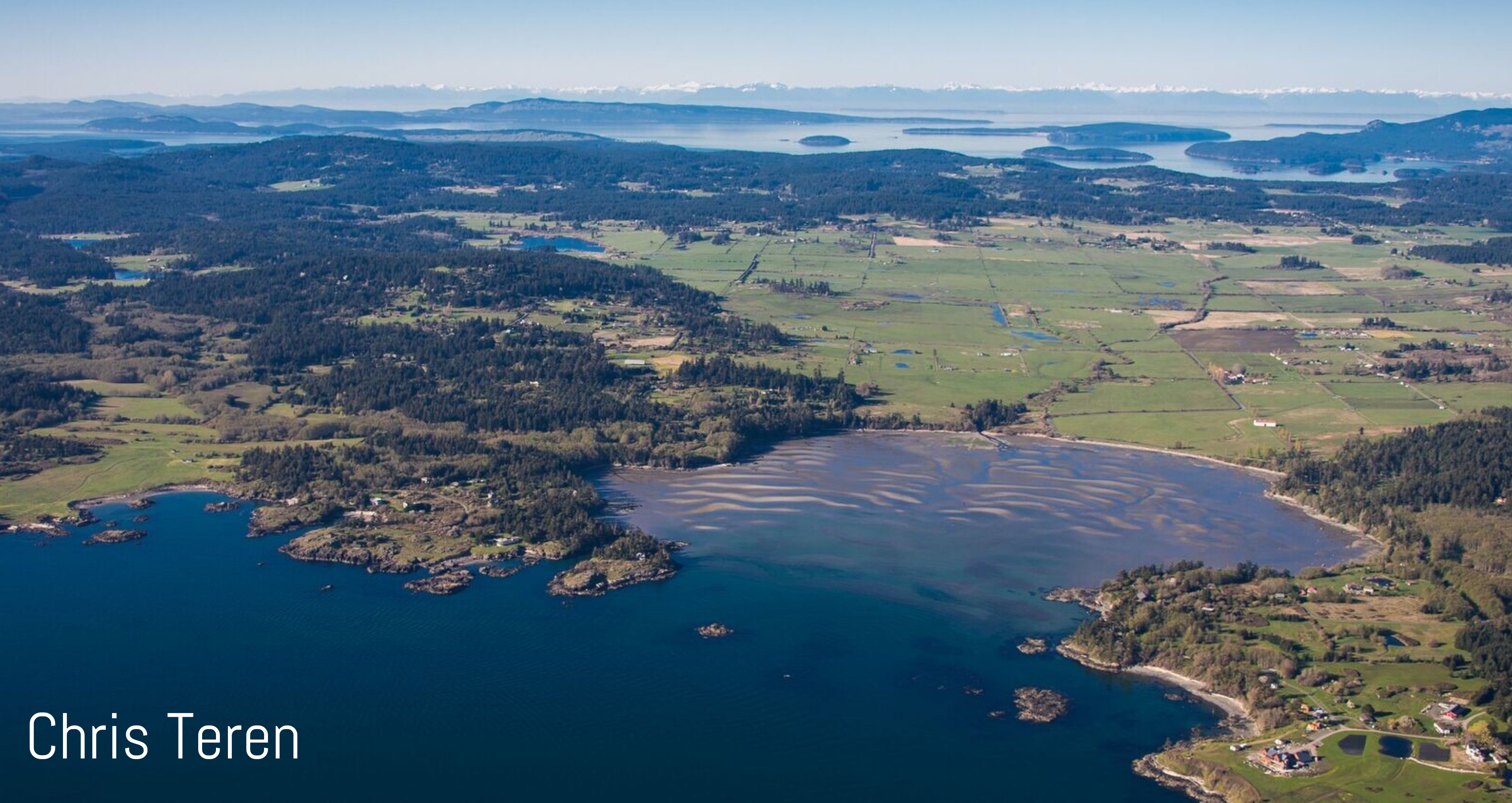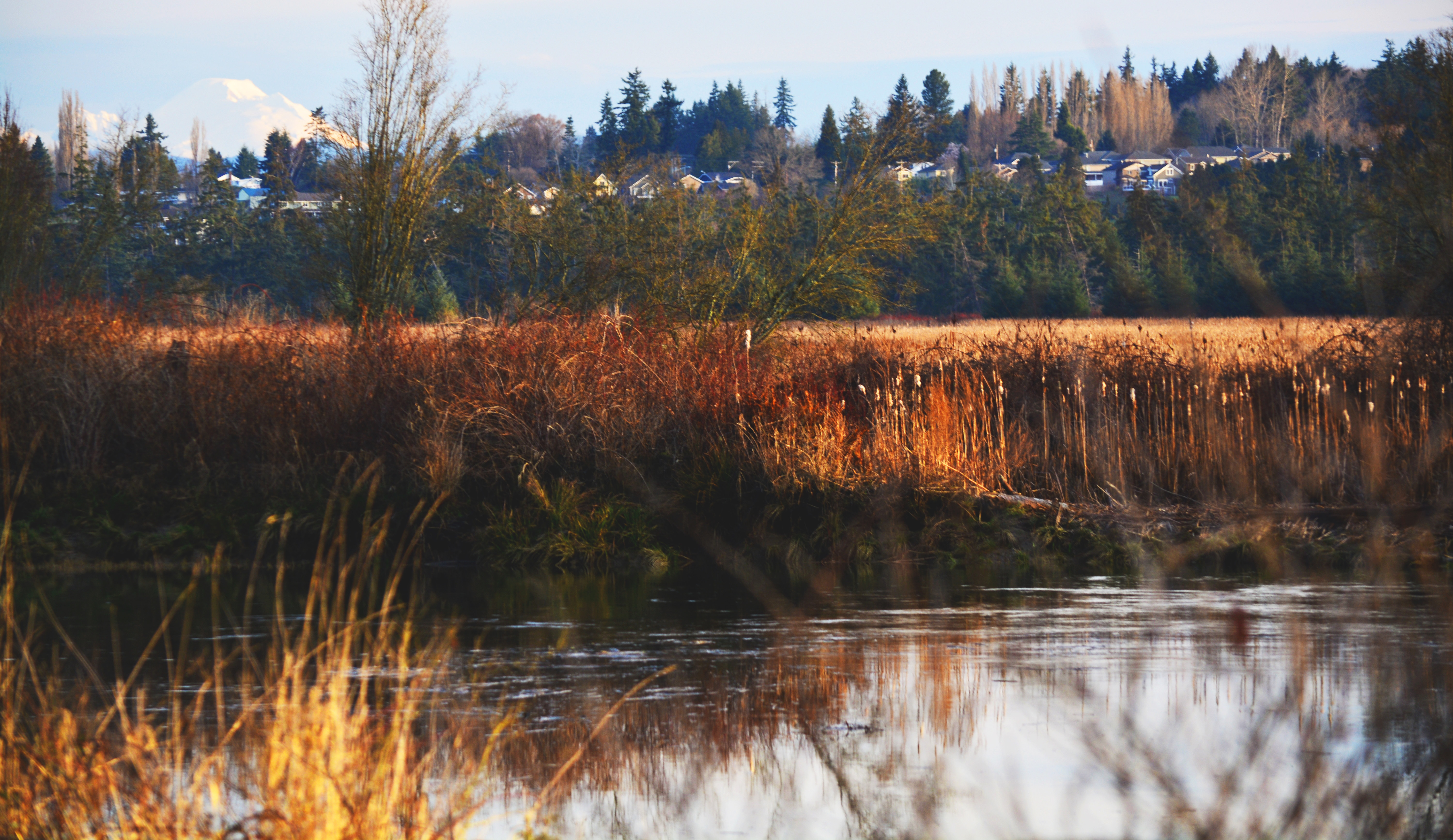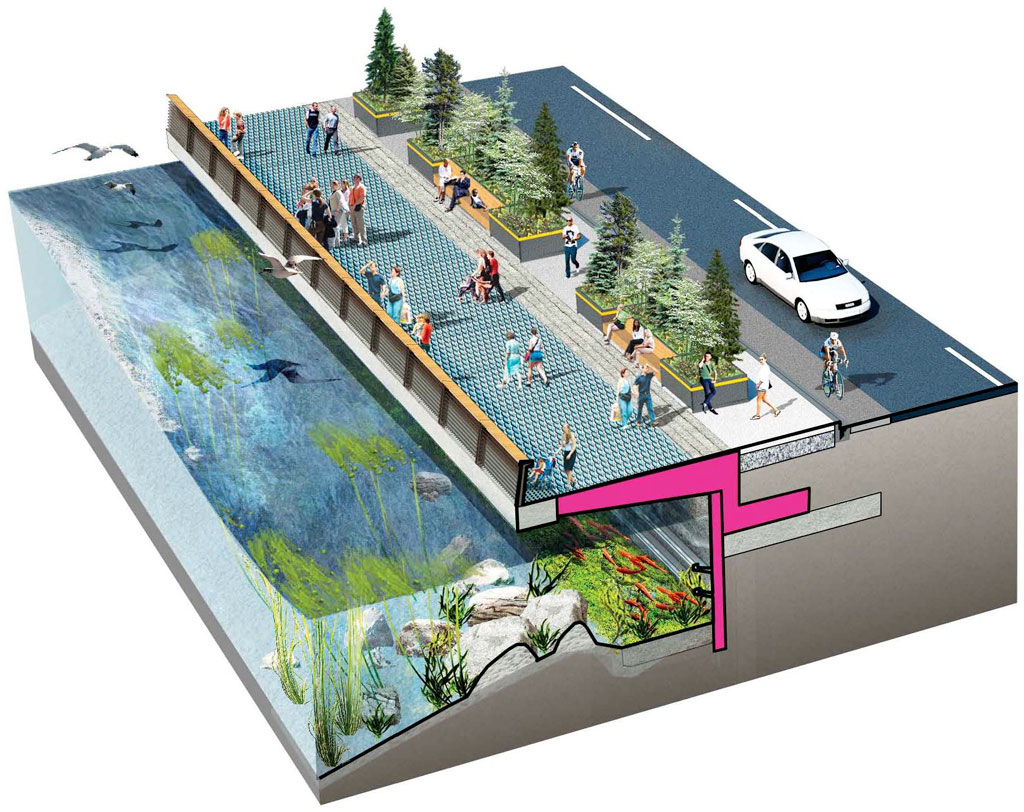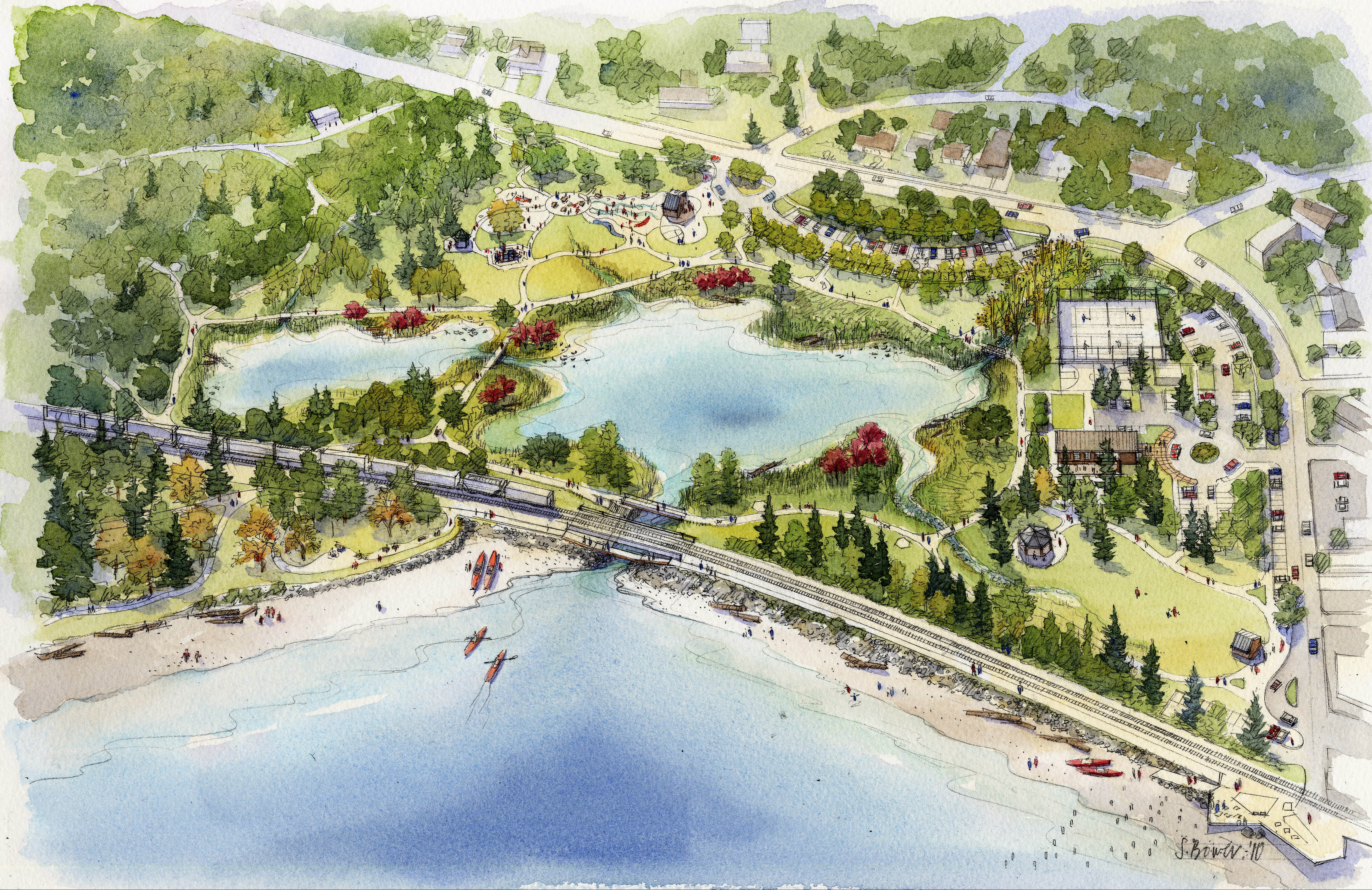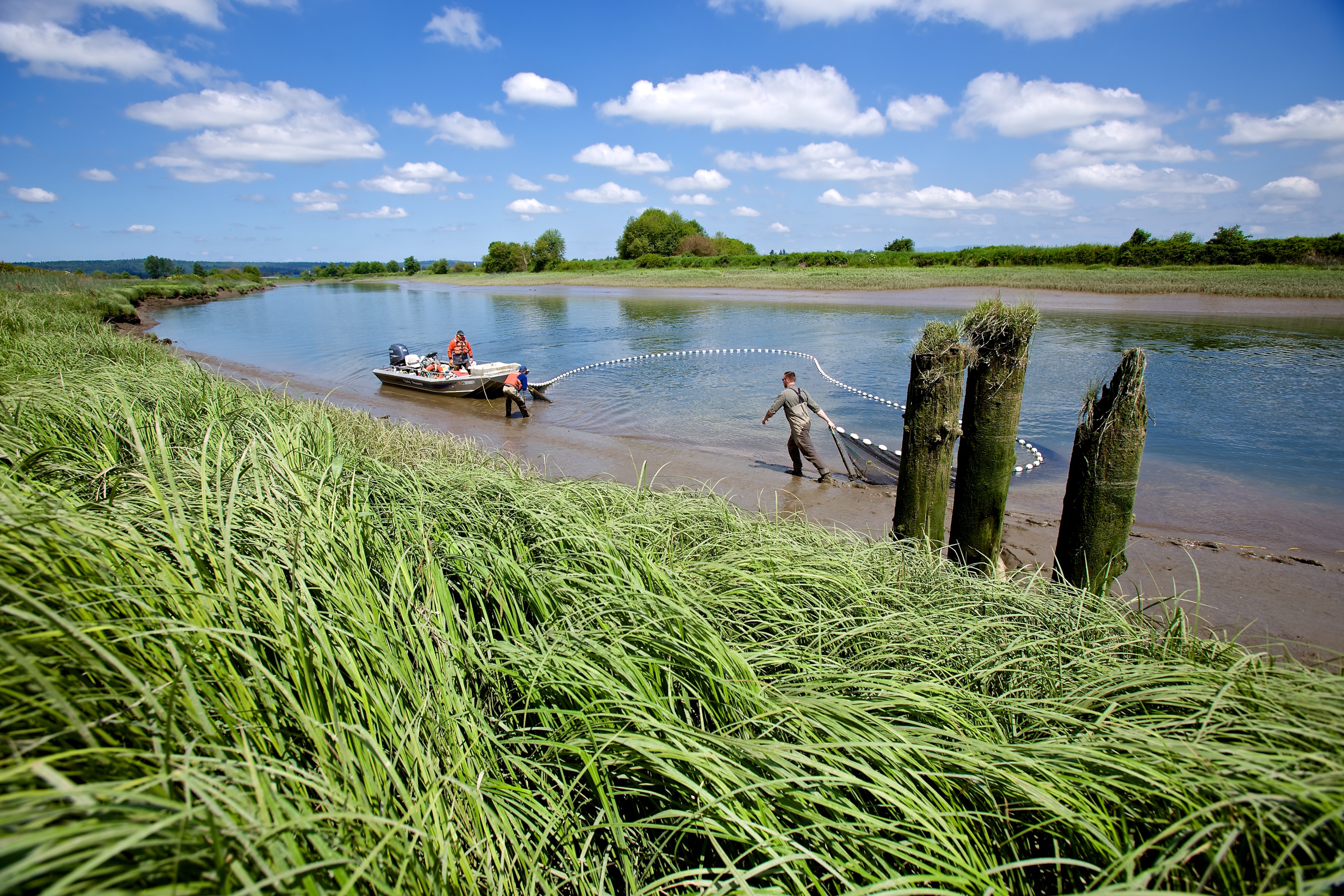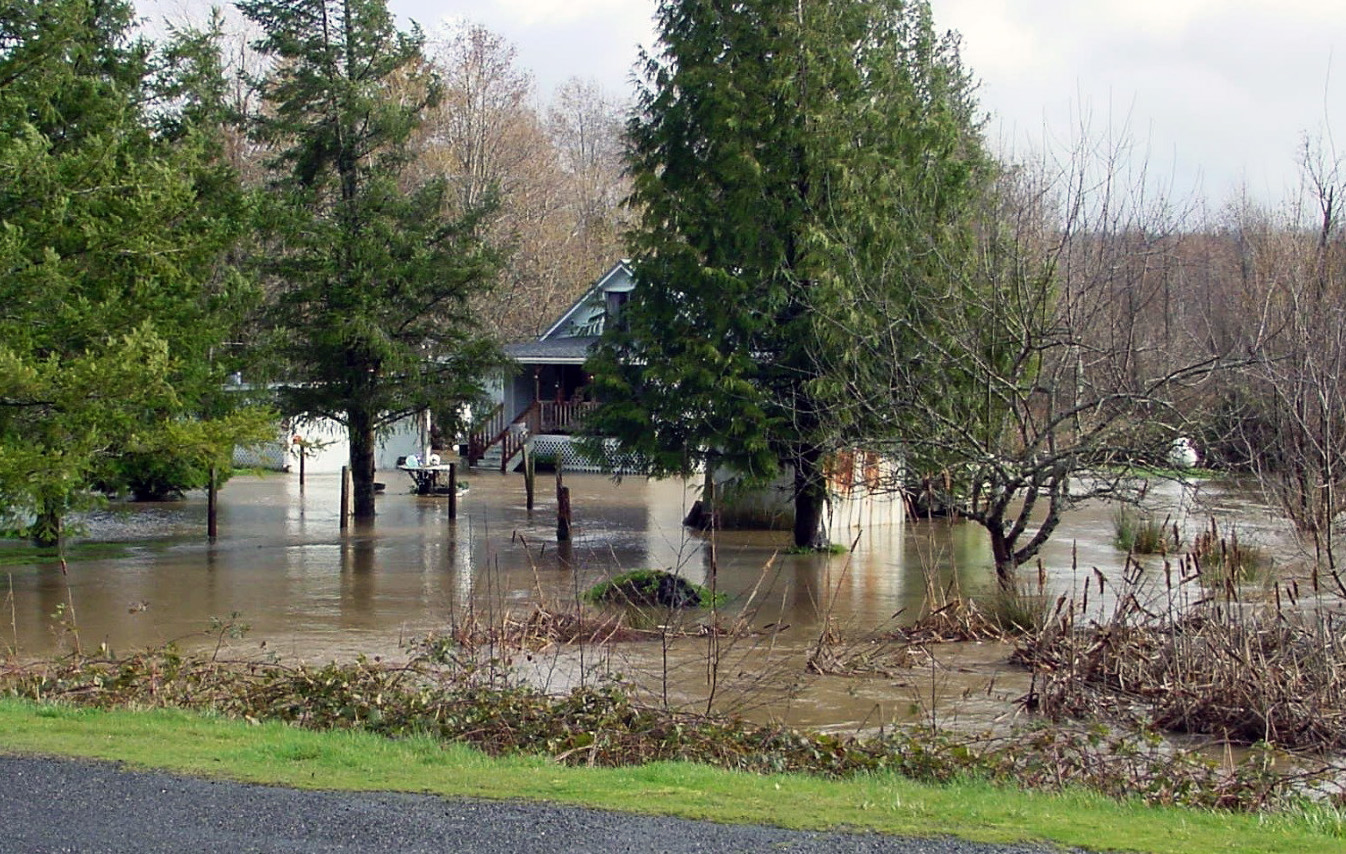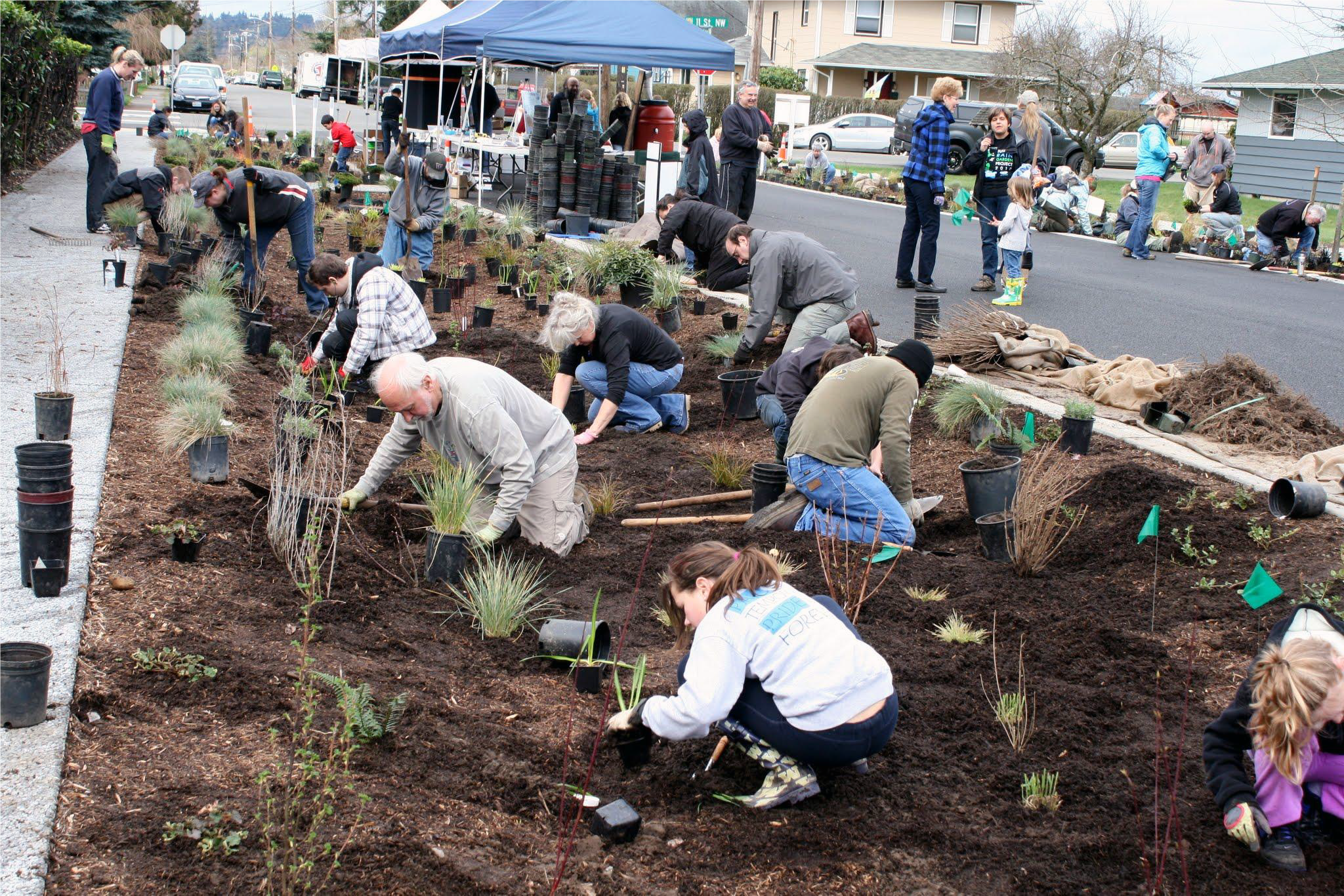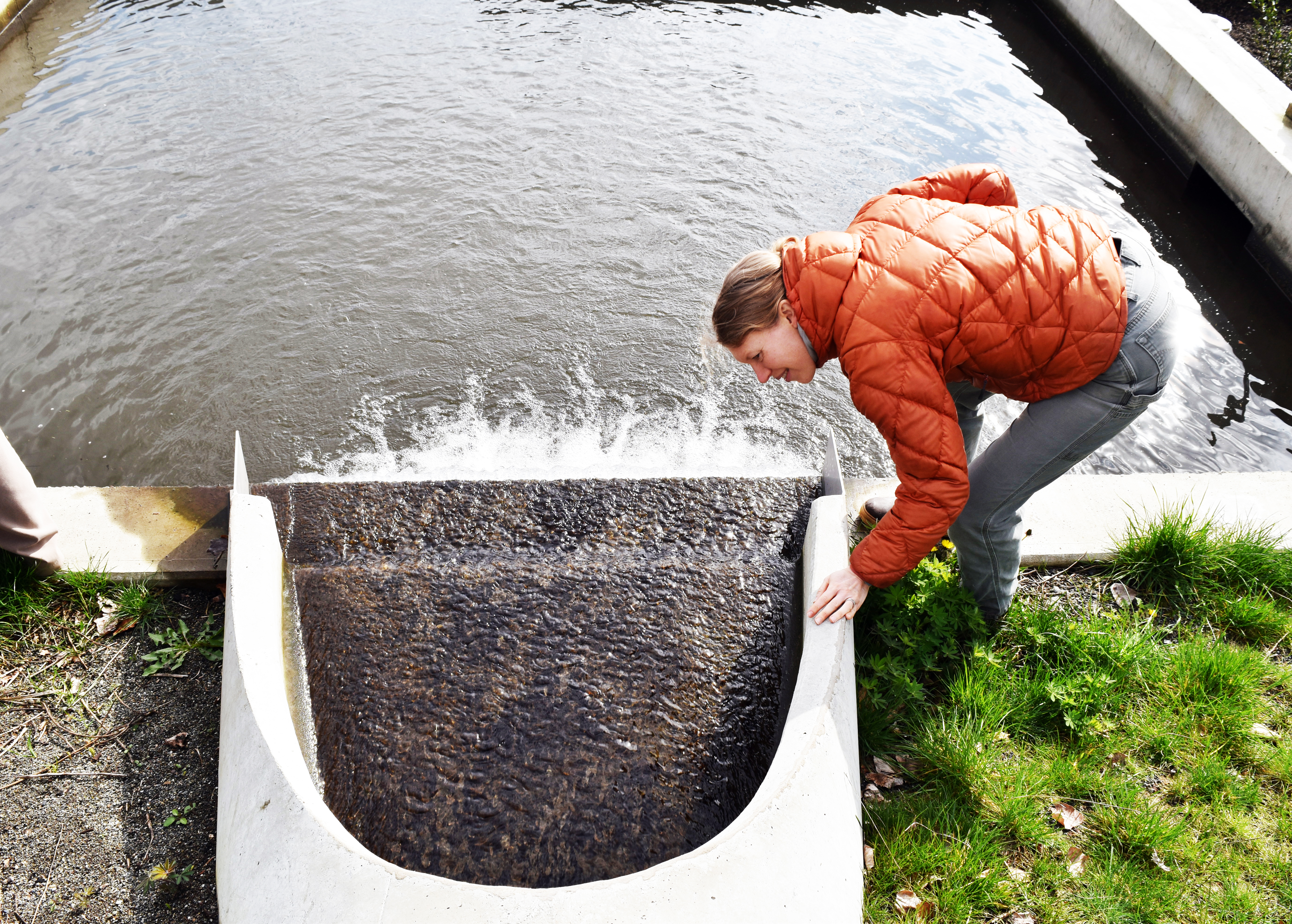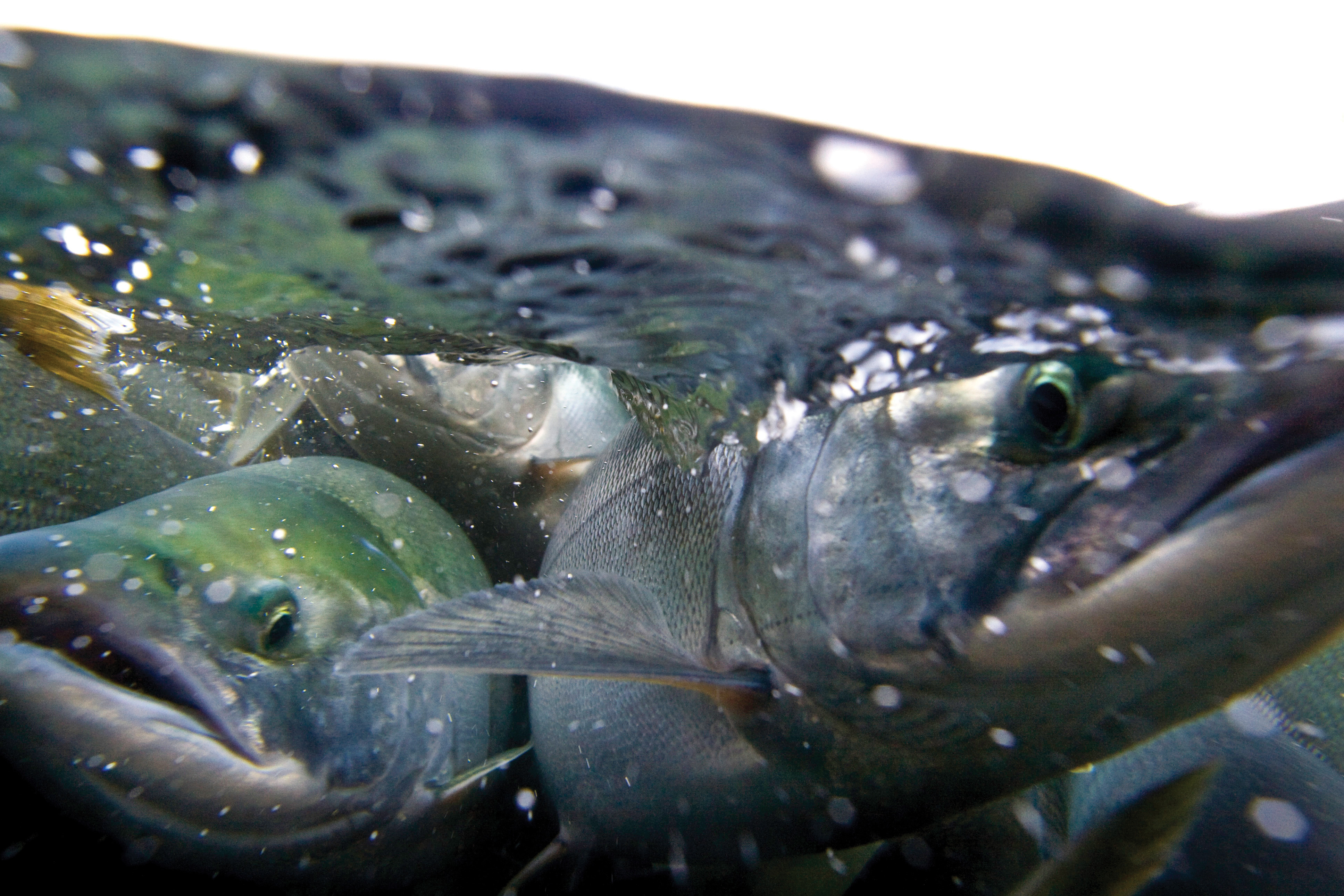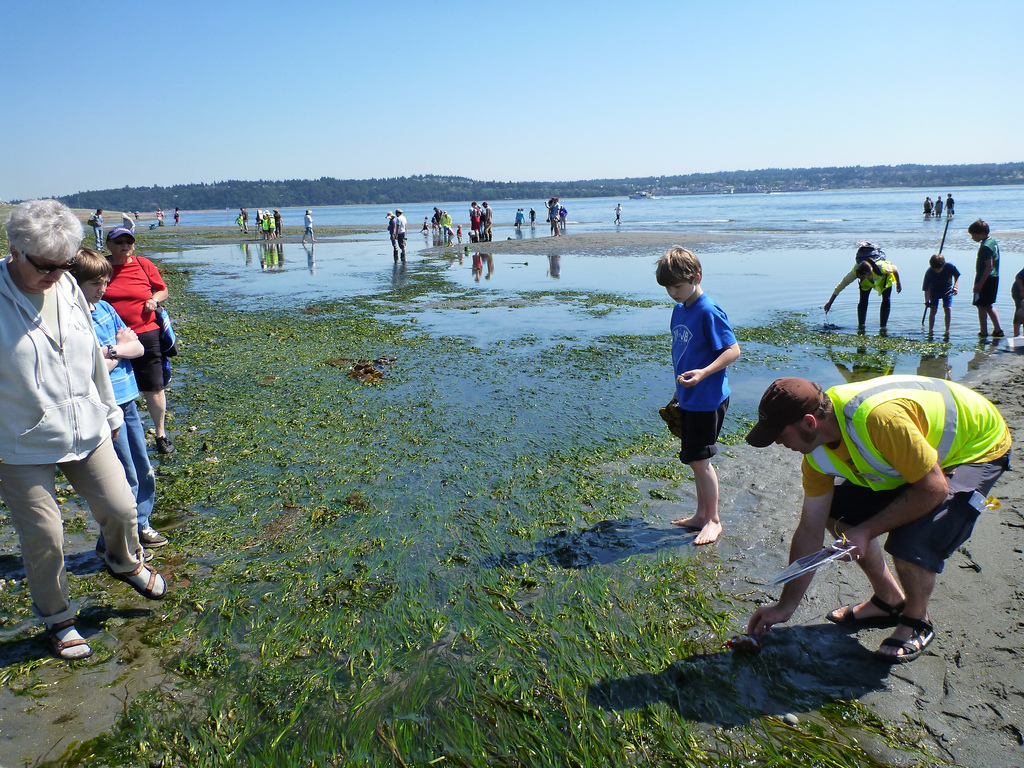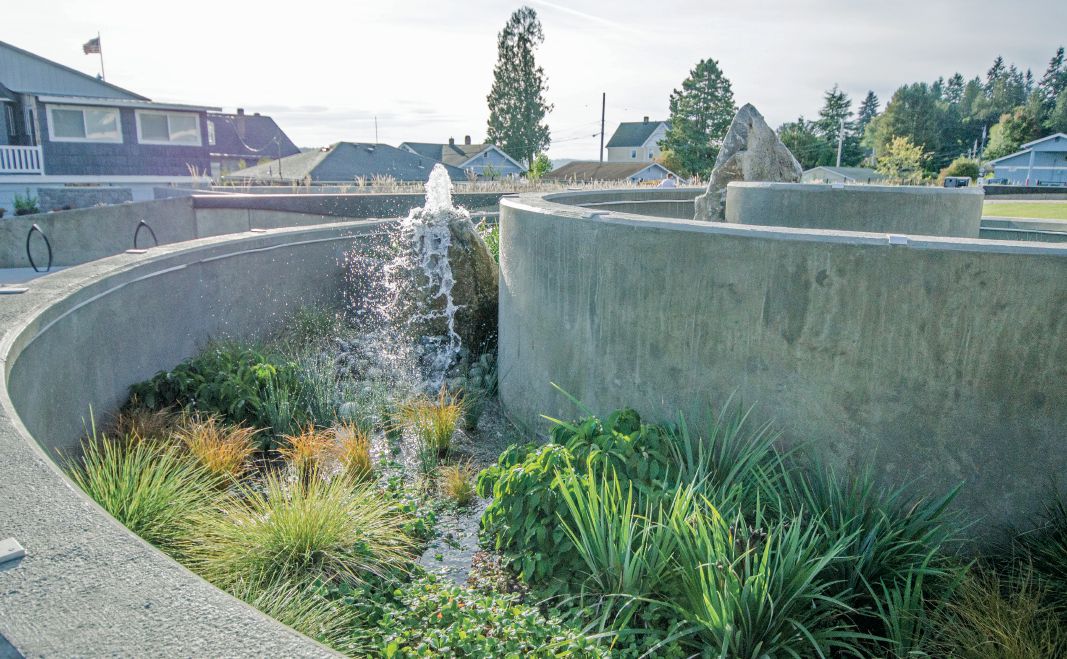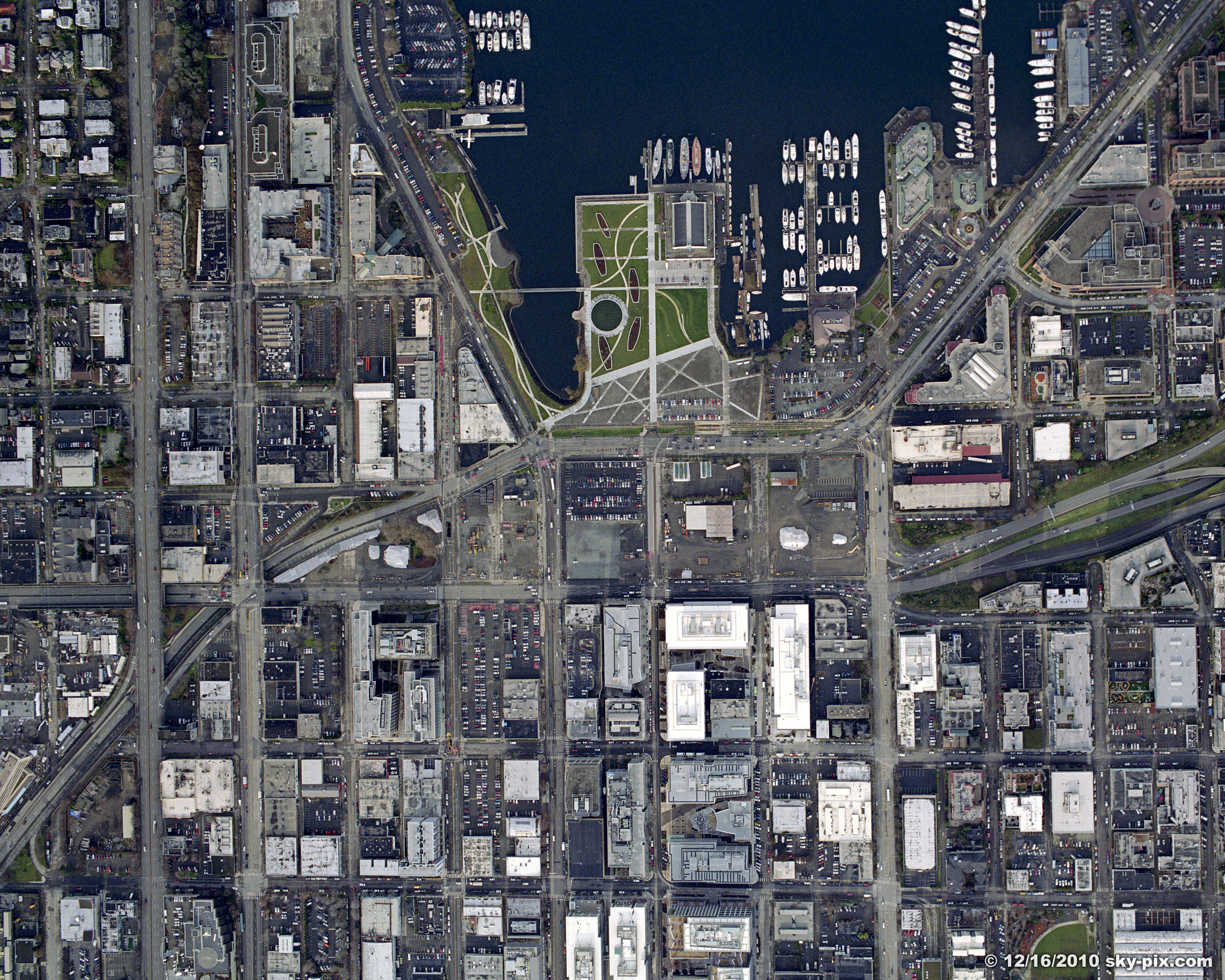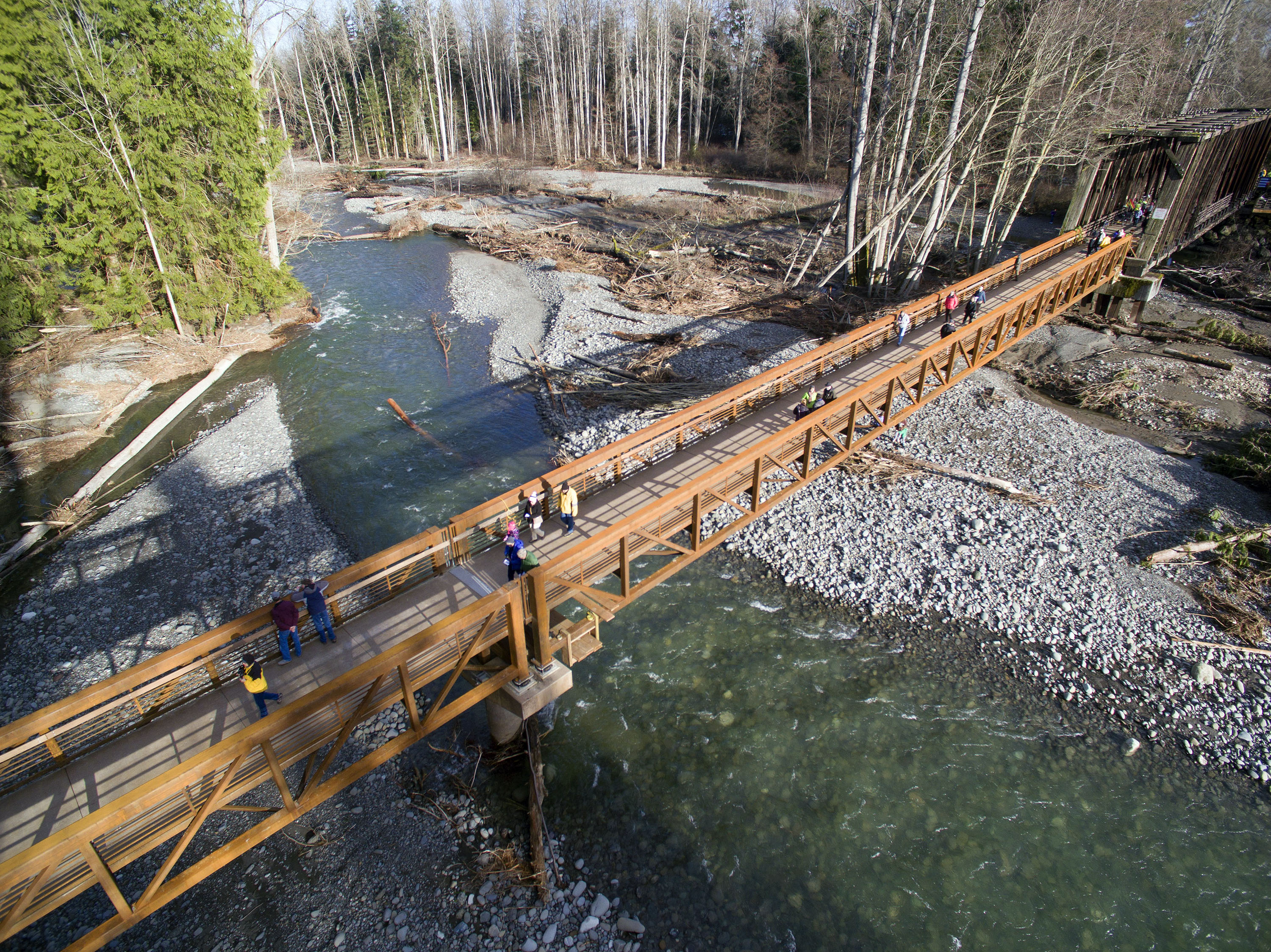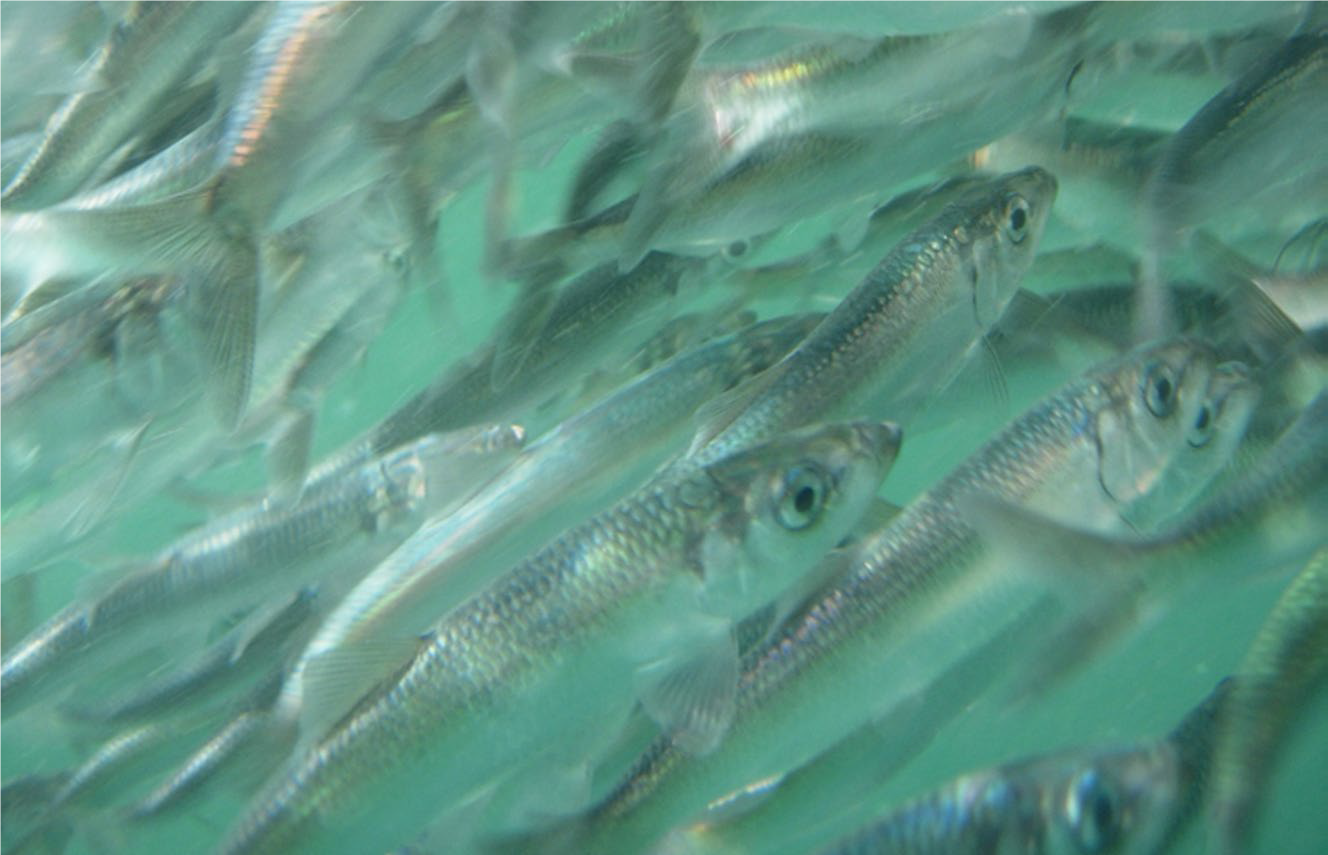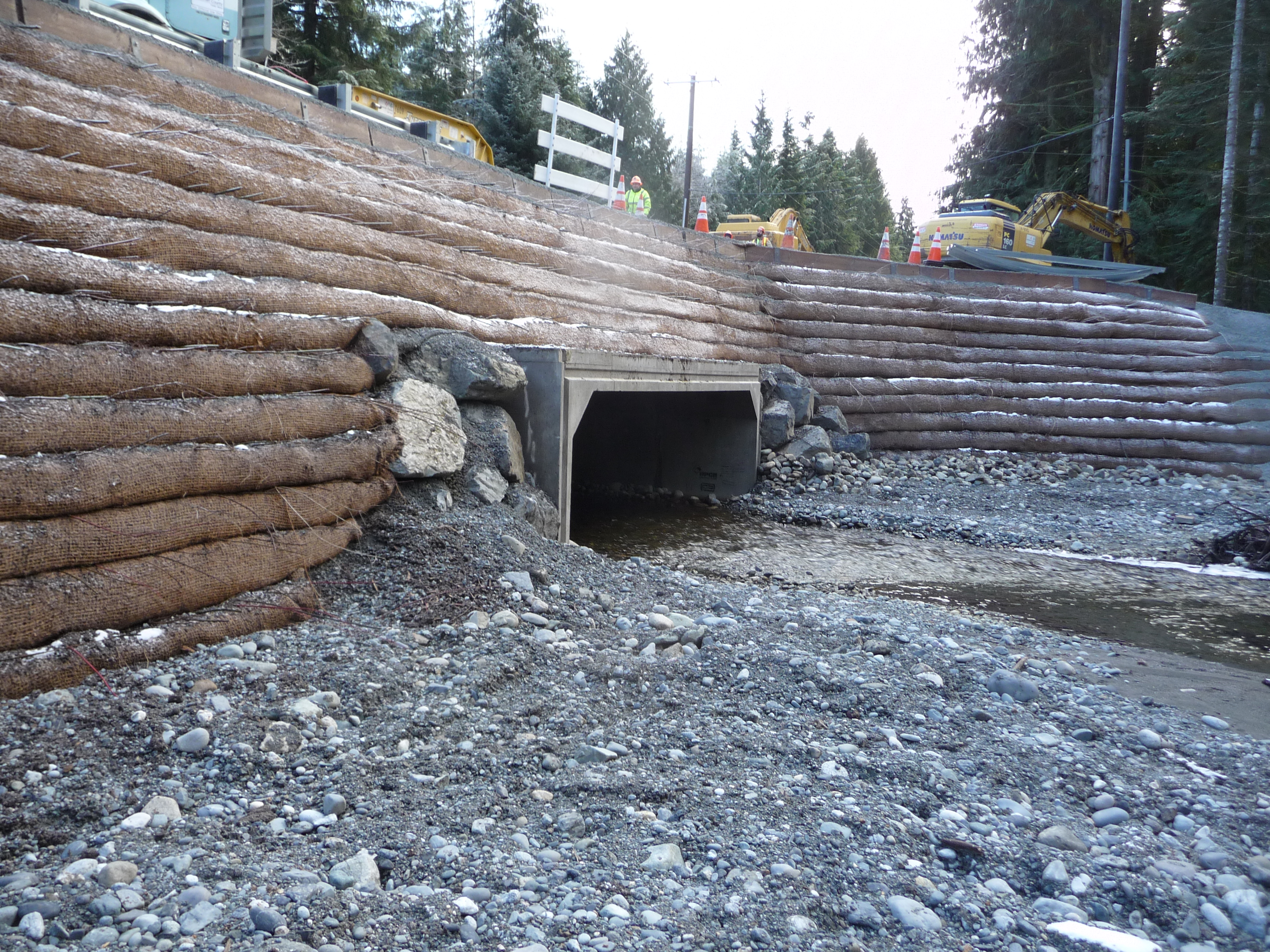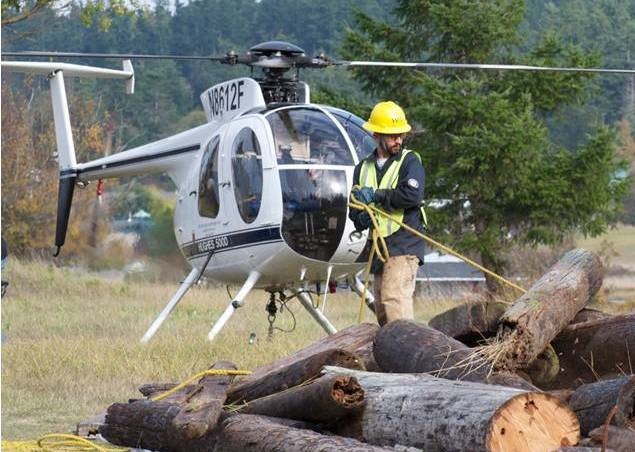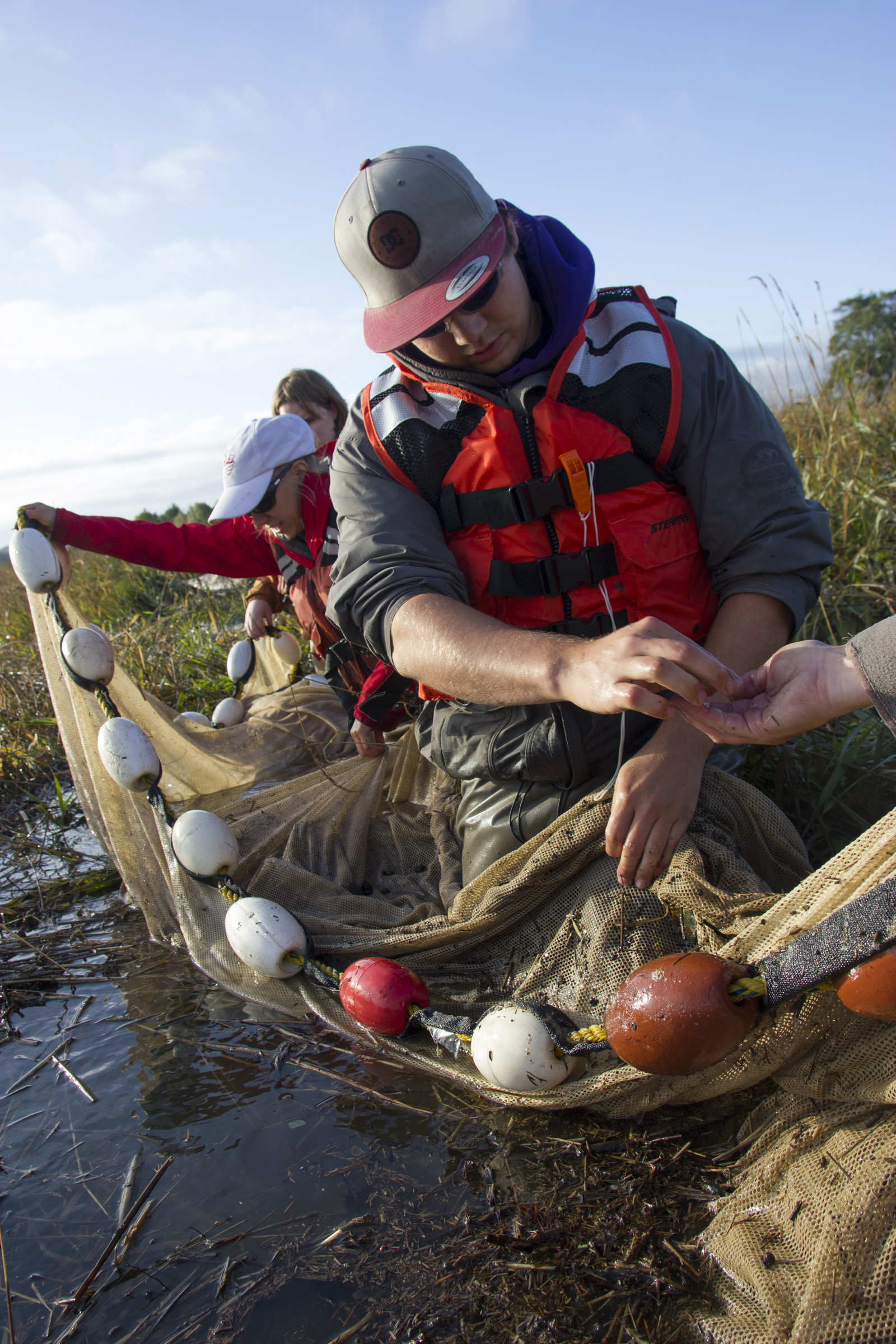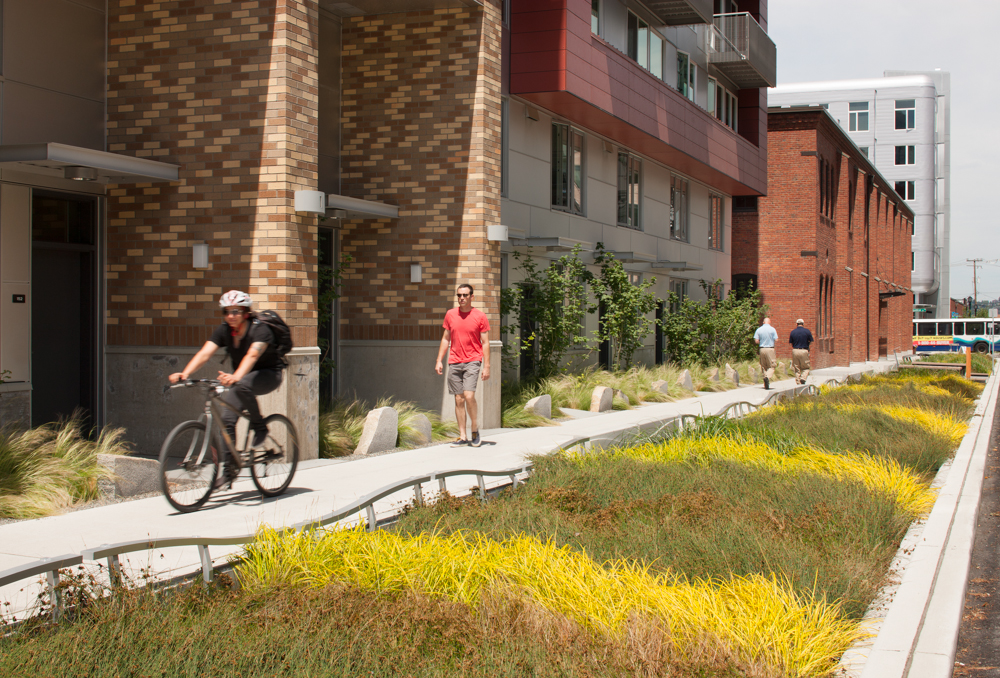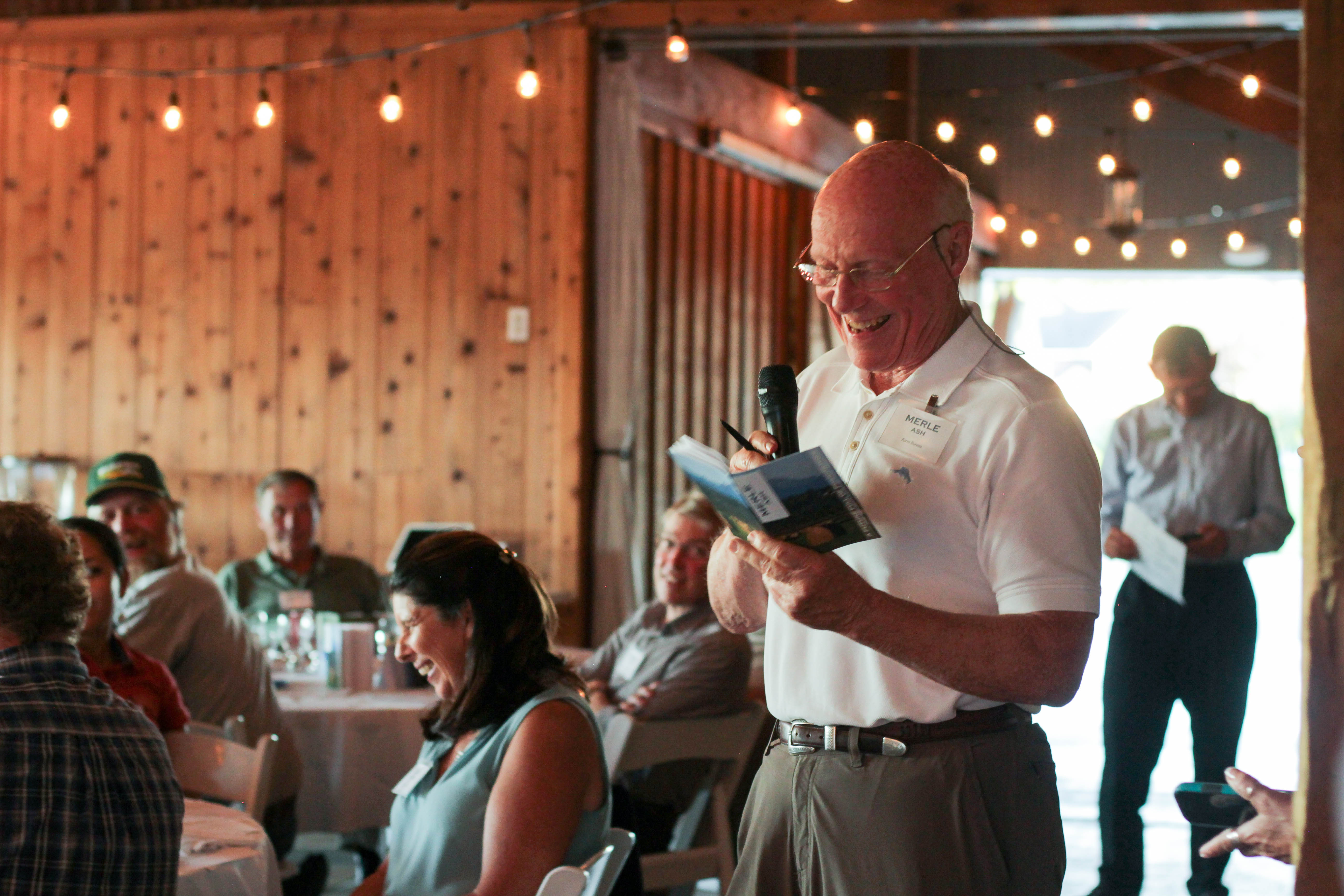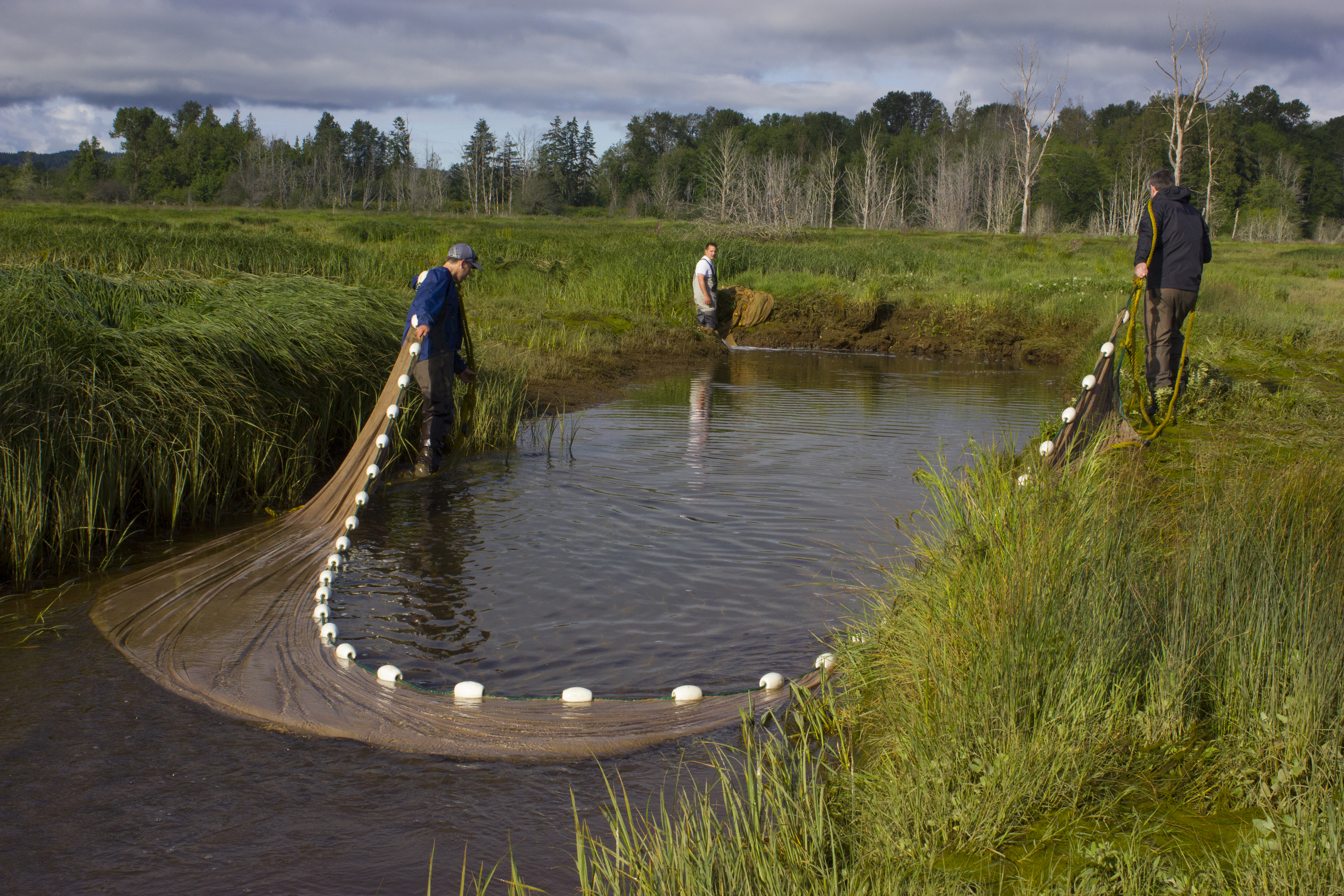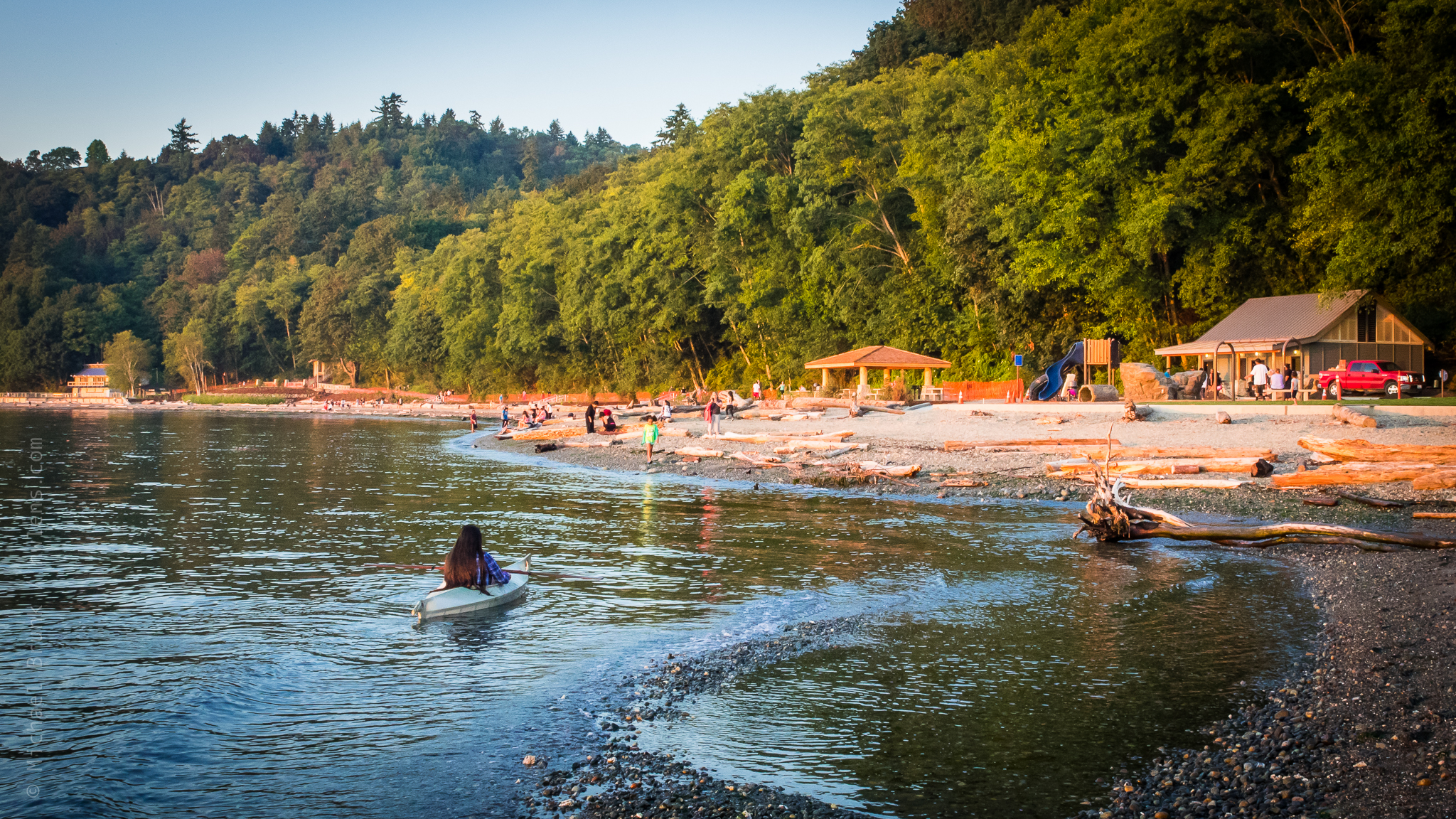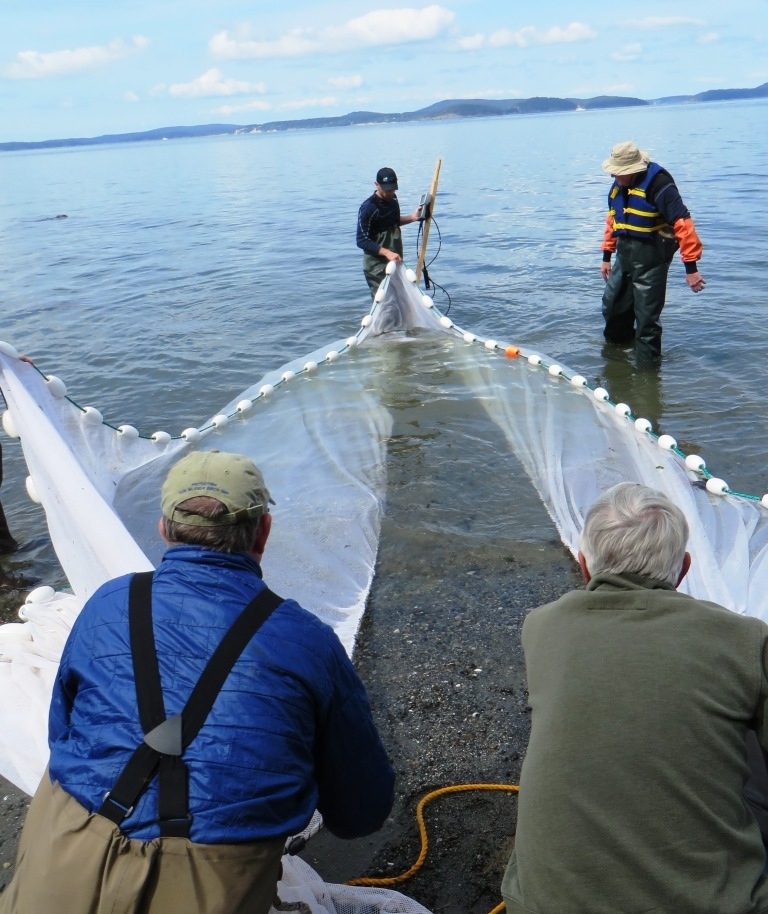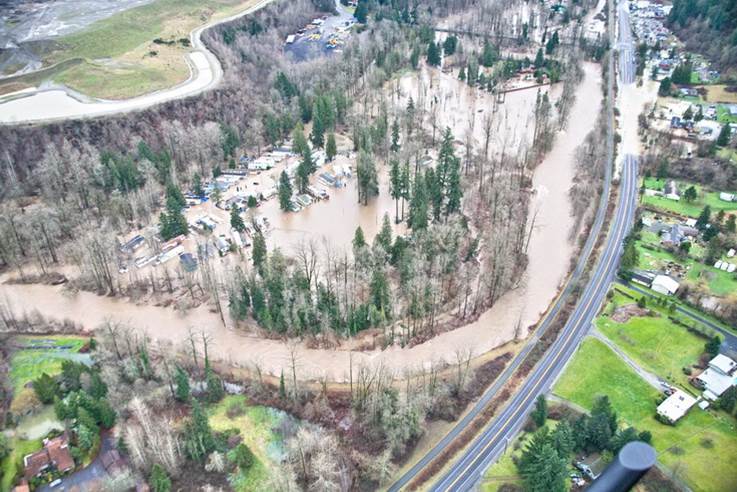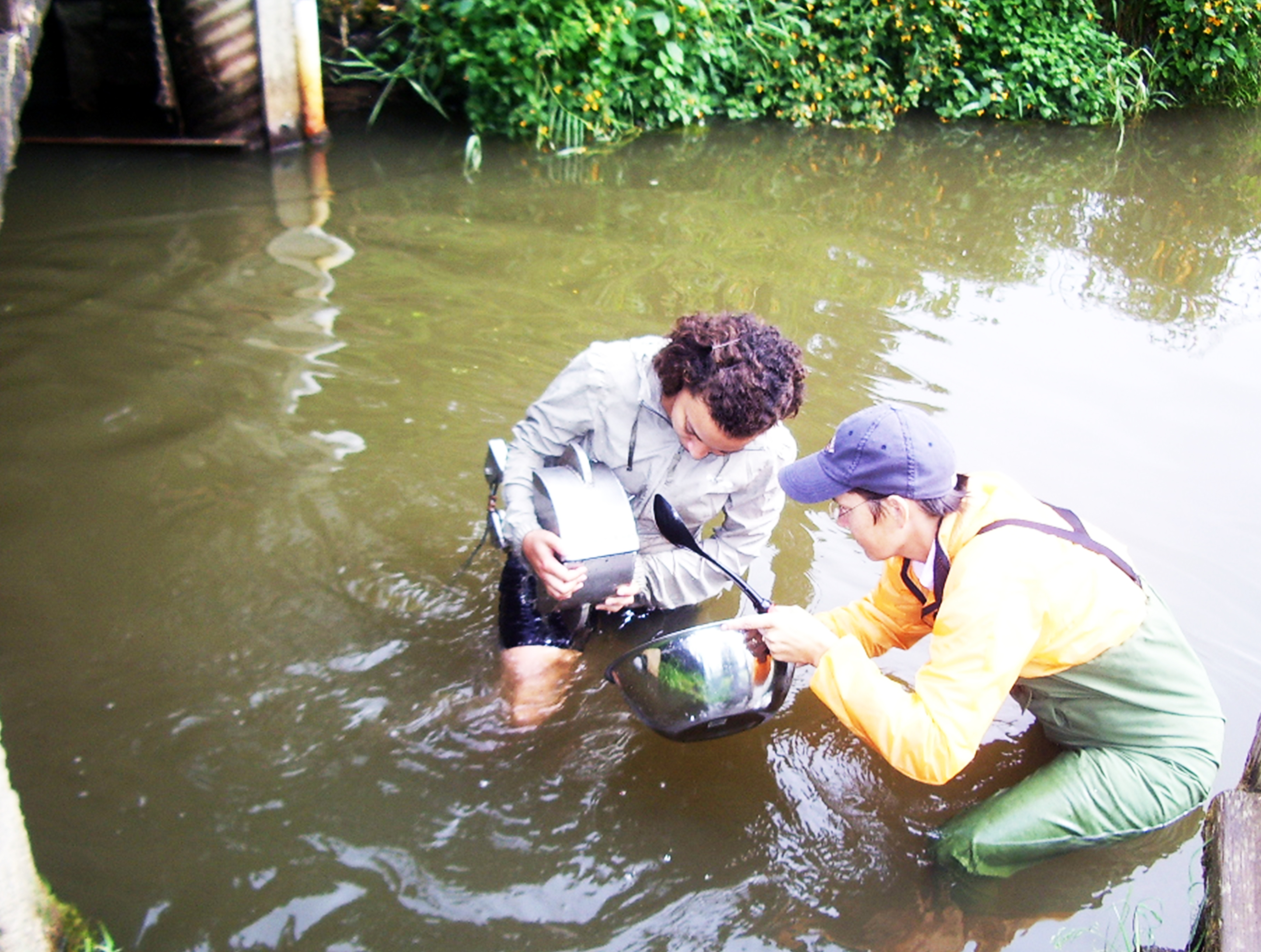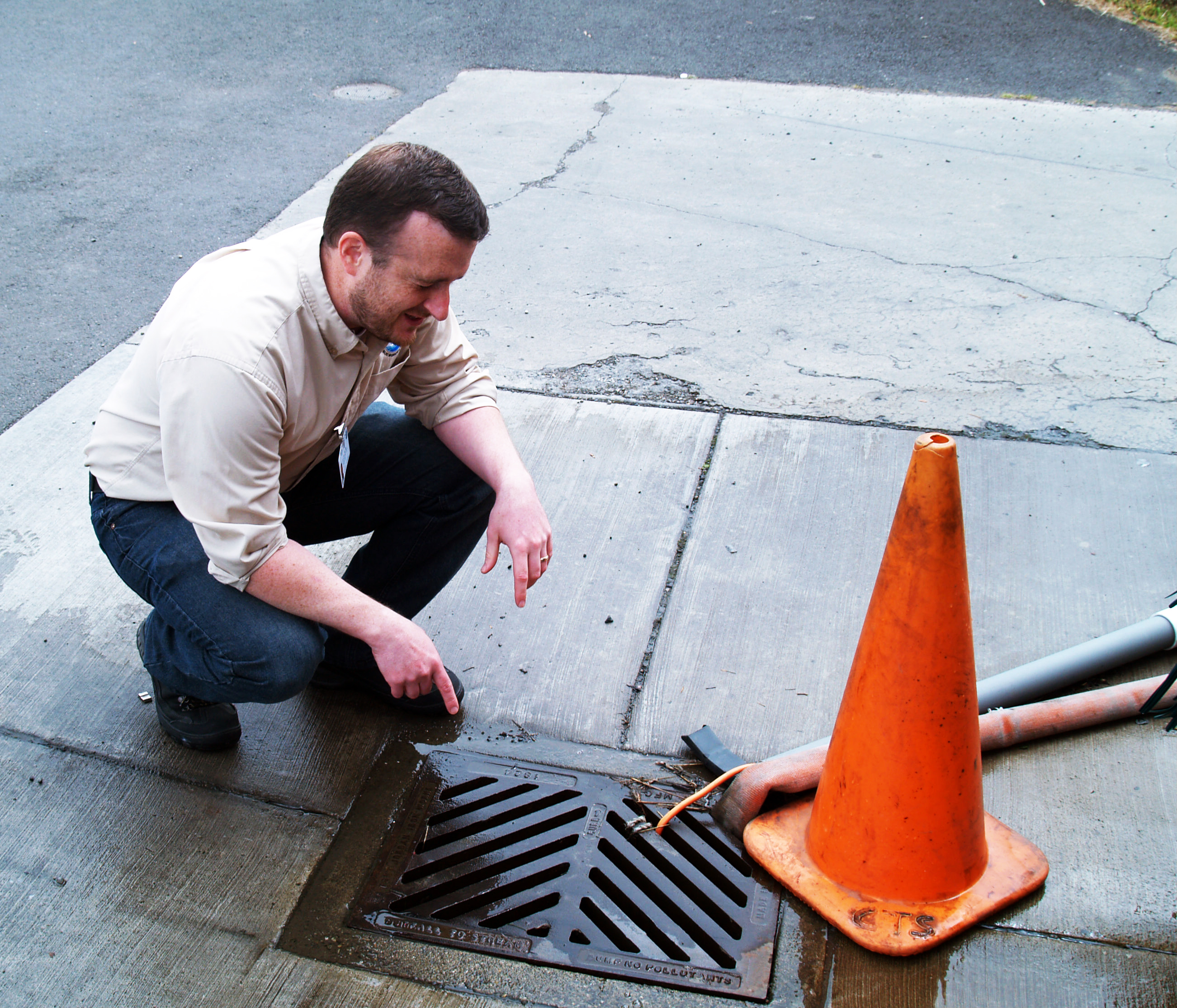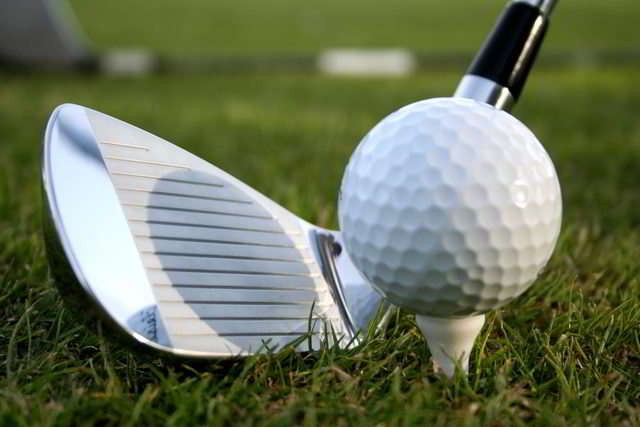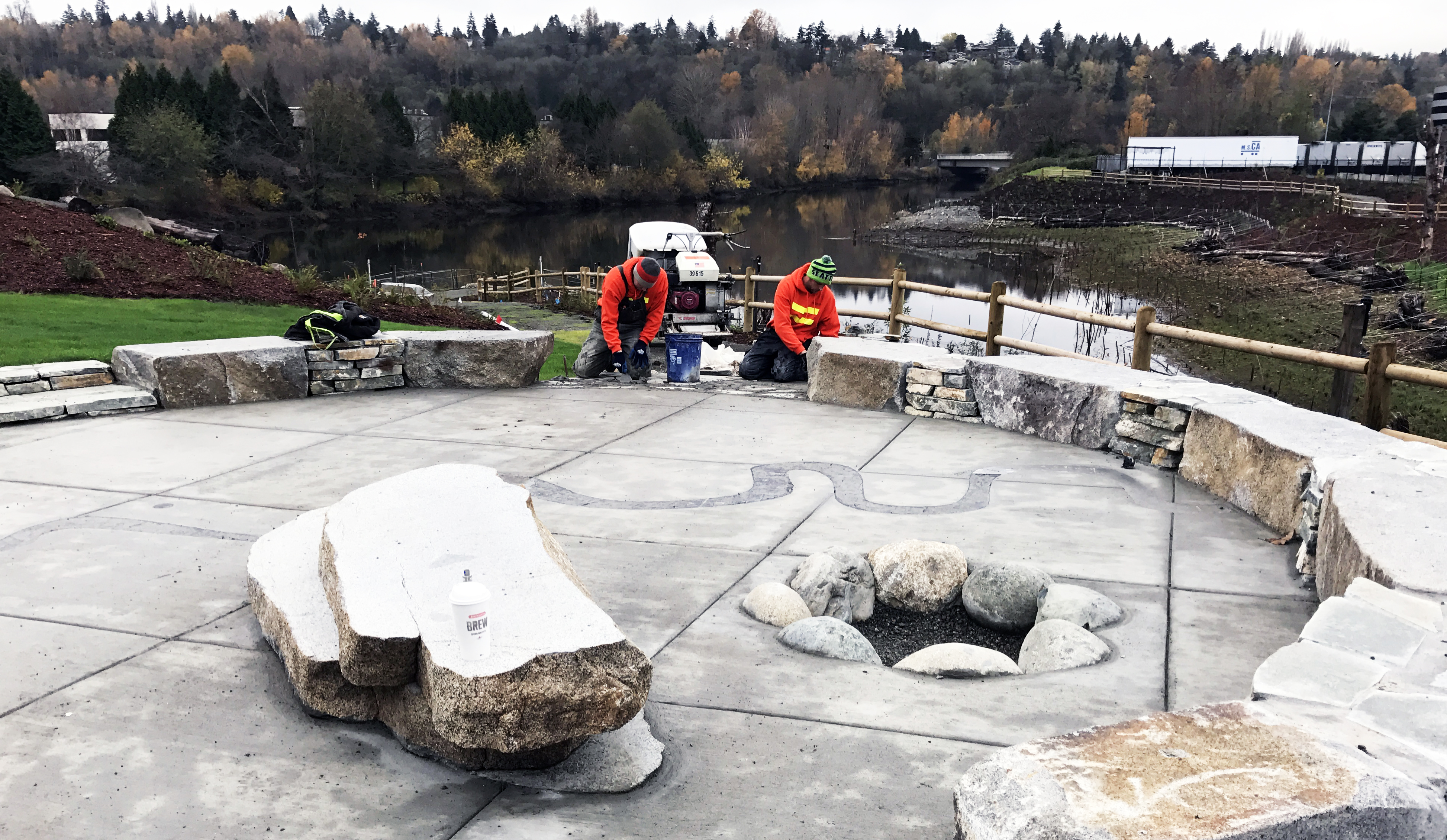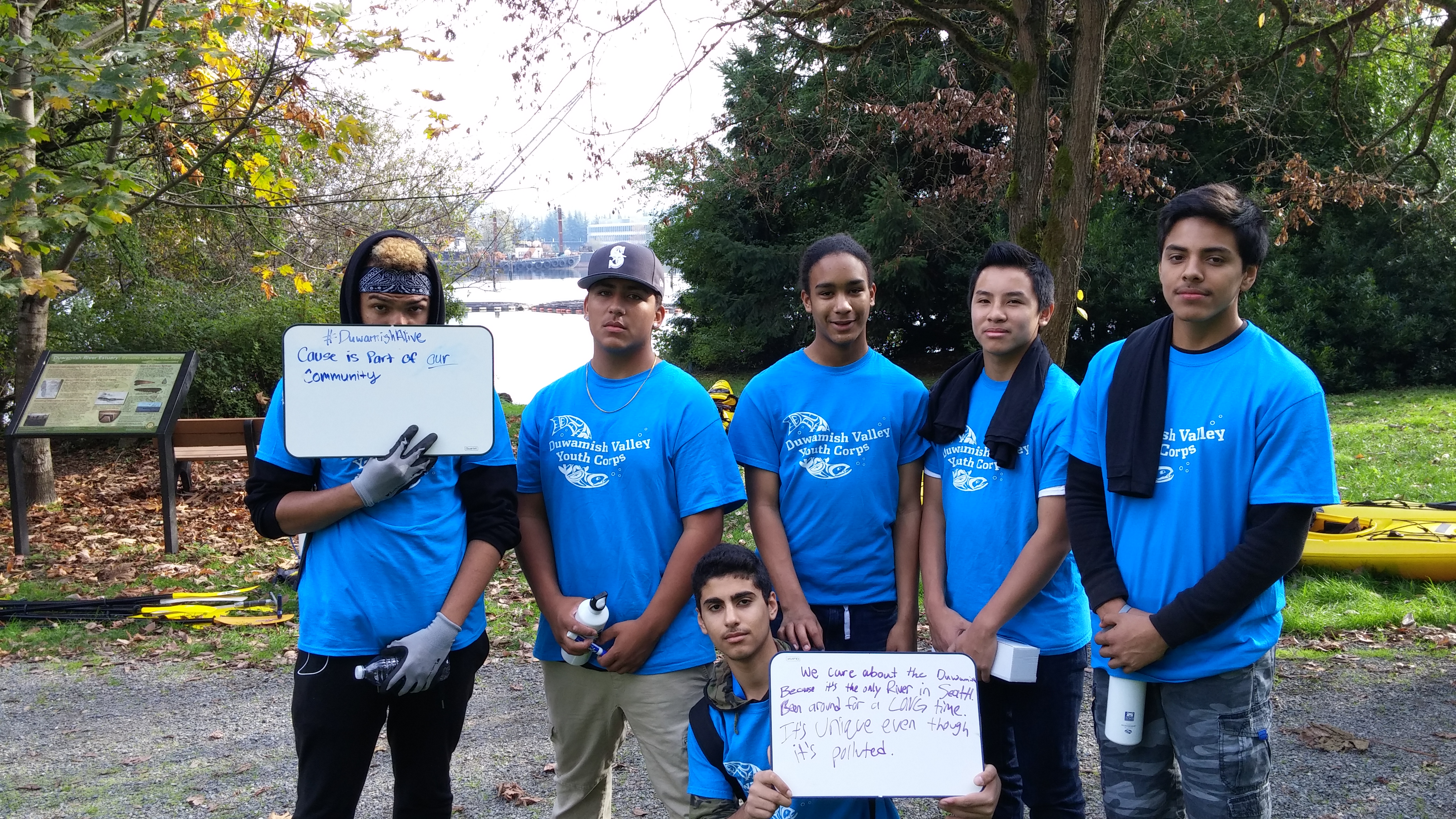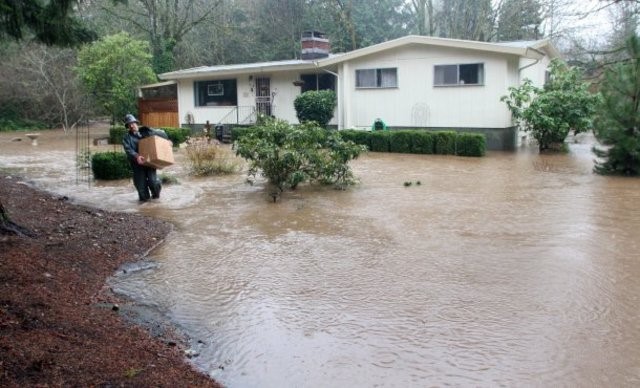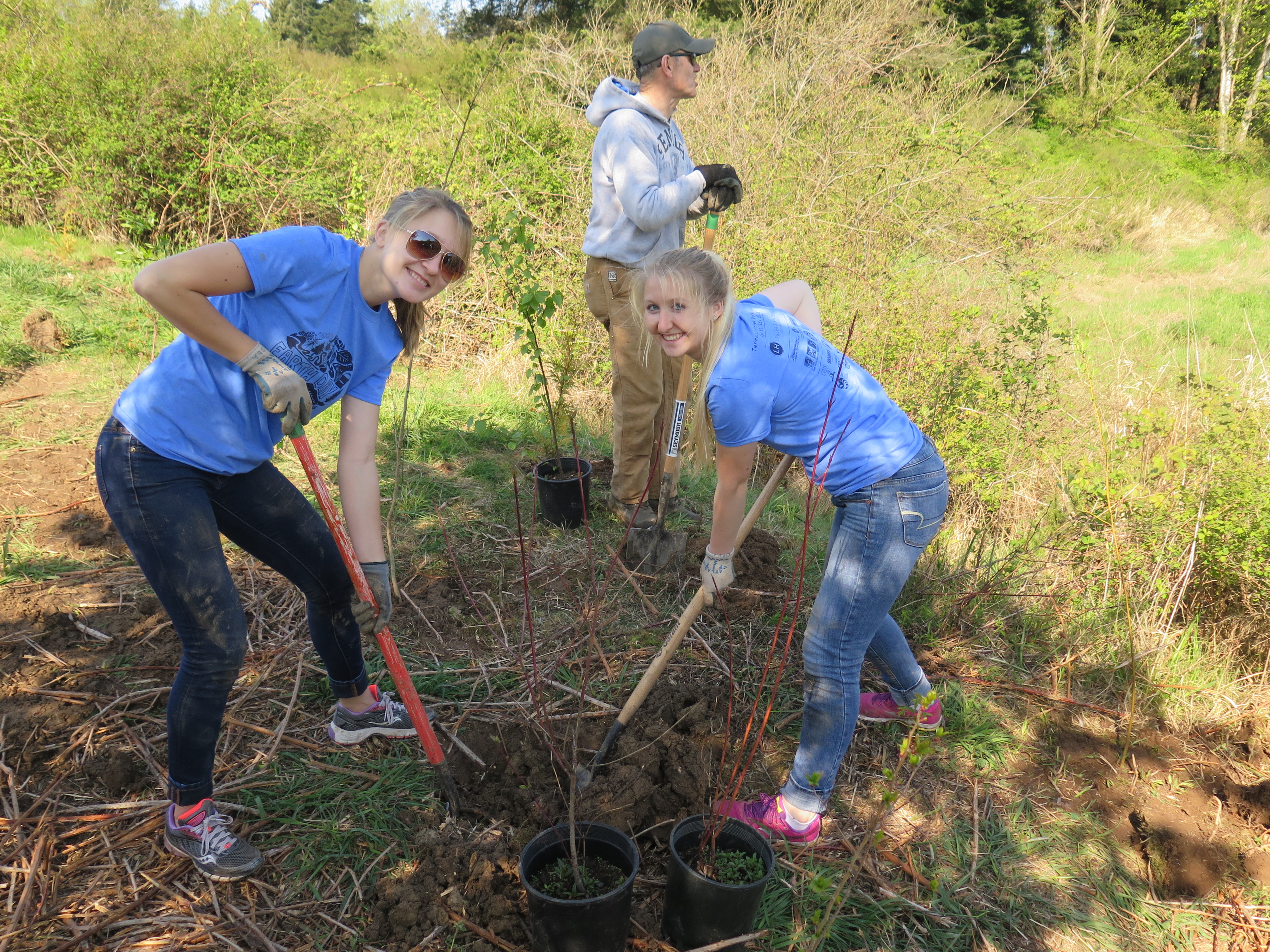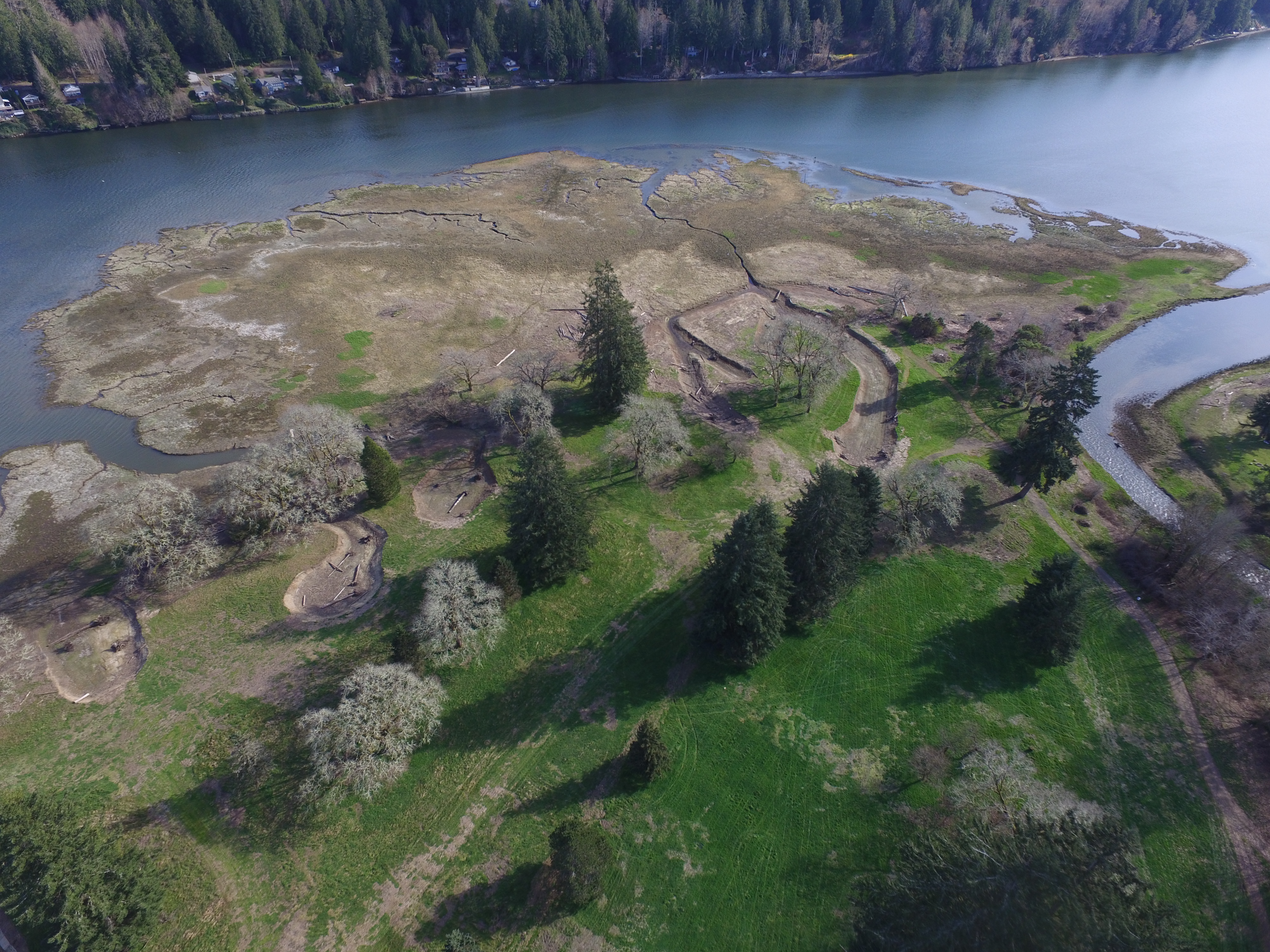Counties and tribes collaborating to improve water quality The Hood Canal Regional Pollution Identification and Correction (HCRPIC) Program is a unique collaboration between the Hood Canal Coordinating Council, Kitsap County, Mason County, Jefferson County, the...
Regional On-site Sewage System Loan Program
Helping homeowners repair or replace failing on-site sewage systems The Regional On-site Sewage System Loan Program (RLP) in Washington State consolidates multiple county-level on-site sewage system loan programs into a single public-private partnership between the...
Tacoma stormwater system cleaning for legacy pollutants
Erasing a legacy of pollution The Thea Foss Waterway in Commencement Bay includes three miles of nearshore habitat important for fish and wildlife. This area was contaminated by over a century of industrialization and was identified by the Environmental Protection...
Duwe’iq Stormwater Treatment Wetland
Clear Creek, a Puget Sound salmon stream, flows into Dyes Inlet, which supports shellfish beds, water recreation activities, and nearshore wildlife habitat. Like many Puget Sound streams, Clear Creek has been encroached on by rapid development as the Puget...
Puget Sound National Coastal Wetlands Conservation
In early 2017, the U.S. Fish and Wildlife Service awarded the Washington State Department of Ecology with $4.7 million in National Coastal Wetlands Conservation grants to fund six projects to restore and protect wetlands in Puget Sound and the Grays Harbor area. The...
Smith Island
The Smith Island Estuary Restoration Project will benefit threatened salmon, restore ecological systems, and improve flood control and recreation across the region by: Removing a historic levee, excavating channel networks, and installing wood placements to improve...
Seattle Elliott Bay Seawall
The Elliott Bay Seawall Project involves replacing the old seawall on Seattle's waterfront to protect buildings, roads and utilities while providing shelter for marine life. The project will construct approximately 7,112 lineal feet of seawall along the Puget Sound...
Titlow Park Shoreline Restoration Project
The Titlow Park Shoreline Restoration Project is working closely with Tacoma Metro Parks to successfully remove a derelict bulkhead, seawall, and defunct home near an important bait fish beach in Puget Sound. The second phase of the project will undertake restoration...
Salish Sea Marine Survival
Endangered Species Act listed Puget Sound Chinook salmon populations have plummeted by 50% since the mid-80s and steelhead have experienced even steeper declines. Research points to marine survival as the missing link to recovery. The Salish Sea Marine Survival...
Lower Big Quilcene
The Lower Big Quilcene restoration project is in the design phase of developing community-supported actions to improve flood protection for the town of Quilcene, over 30 homes, and road access to the largest employer in Jefferson County—Coast...
Puyallup Green Street
Puyallup has its first Green Street—though for now it's still called 8th Avenue. The 8th Avenue Low-Impact Development (LID) retrofit encompasses more than 18,000 square feet of porous asphalt roadway, 3,200 square feet of permeable sidewalks, and 11 rain...
Point Defiance Regional Stormwater Treatment Facility
Polluted stormwater is one of the biggest threats to Puget Sound, and the Point Defiance Regional Stormwater Treatment Facility helps counter that threat. Before the facility was built, polluted stormwater from a 754-acre watershed flowed untreated before spilling...
Nooksack River
A habitat restoration effort on the Nooksack River aims to help two important populations of Puget Sound Chinook salmon recover from dangerously low numbers. As with other salmon recovery actions undertaken by the Nooksack Indian Tribe, the goal of the...
Leque Island Estuary
In the Stillaguamish River watershed, 85 percent of historical tidal marsh habitat has been displaced by other uses. Leque Island's tidal marsh habitat is particularly valuable for young Chinook salmon as they transition from fresh water to saltwater but it is...
Lower Dungeness River
The Lower Dungeness River Floodplain Restoration project is a collaborative effort to restore floodplain habitats, keep people safe, support agriculture, improve water quality and quantity, and provide people with recreational access. State and federally funded...
Chambers Bay & San Juan Islands
Chambers Bay was the site of the 2015 United States Golf Association U.S. Open tournament. Hood Canal is home to the deepest part of Puget Sound. Both are beautiful places—but herring don't care about the scenery. They come to spawn. These sites, along with...
Cranberry Creek
Cranberry Creek, a tributary to the Stillaguamish River, is home to endangered steelhead and bull trout. It is also an important salmon spawning stream, but an old, corroding culvert was preventing migrating fish from getting where they needed to go. A culvert...
Qwuloolt Estuary Restoration
Led by the Tulalip Tribes, the Qwuloolt Estuary restoration is one of the largest restoration projects in Puget Sound. (Qwuloolt is the Lushootseed word for "marsh.") Located within the Snohomish River floodplain, the estuary historically encompassed tidal...
Sustainable Lands Strategy
The Sustainable Lands Strategy is a game-changing partnership in Snohomish County. Historically, estuary restoration projects have been implemented without a clear vision of how those projects fit into the broader landscape with farming and flood control....
Skokomish Estuary Restoration
The Skokomish River floods more frequently than any river in Washington, and yet the river channel often goes dry during Chinook salmon migration. This is because nearly half of the Skokomish River estuary had been converted to diked farmland, which contributed to...
Seahurst Park
Seahurst Park is an oasis of 152 acres of forested ocean shoreline in a very urban corridor south of Seattle. The park boasts nearly a mile of natural beach and forested cliffs as tall as 400 feet. Seawalls were built in 1972, and as a result, sand from the cliffs...
Rainbow Bend
Rainbow Bend on the Cedar River was the site of an ambitions levee removal and floodplain restoration project that provided flood risk reduction benefits and restored salmon habitat. The project's first stage included buying a flood-prone mobile home park and...
Clarks Creek
Clarks Creek near the city of Puyallup was the site of a recent study conducted by the Puyallup Tribe of Indians. The two-year study examined sediment sources throughout the creek, and investigators found that if 23 major sources of sediment were repaired, more...
Duwamish Gardens in Tukwila
Duwamish Gardens will provide nearly an acre of shallow-water habitat for salmon, as well as a pleasant park for urban residents to enjoy. Young salmon need off-channel, shallow-water habitat, where they can feed on insects and invertebrates that live among the...
Duwamish River Community Health
The Duwamish River Cleanup Coalition Technical Advisory Group launched the Healthy Rivers/Healthy Communities project in 2014 to address community and environmental health priorities in the Duwamish Valley neighborhoods of South Park and Georgetown, two neighborhoods...
Dickerson Creek
Dickerson Creek's upper reaches have some of the best salmon spawning and rearing habitat in Puget Sound. But Dickerson Creek and adjacent Chico Creek have been affected by streamside residential development and aging, undersized culverts. The culverts were identified...

